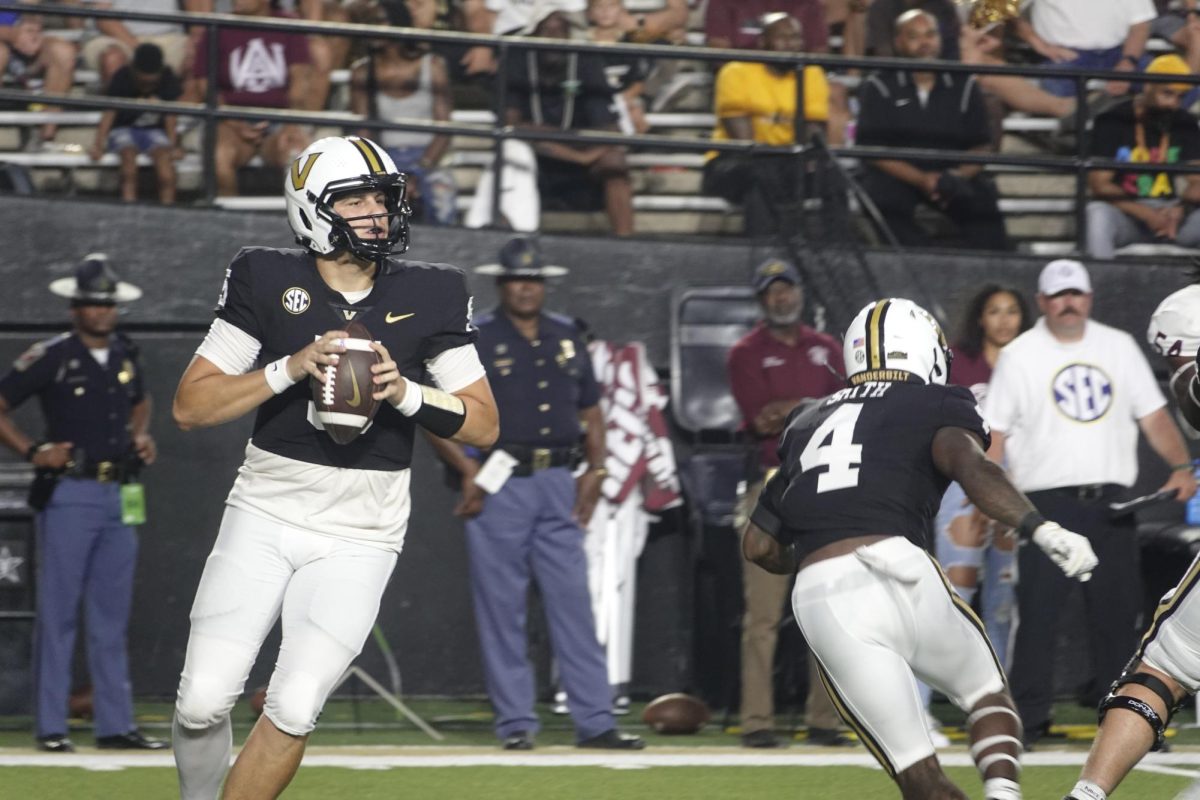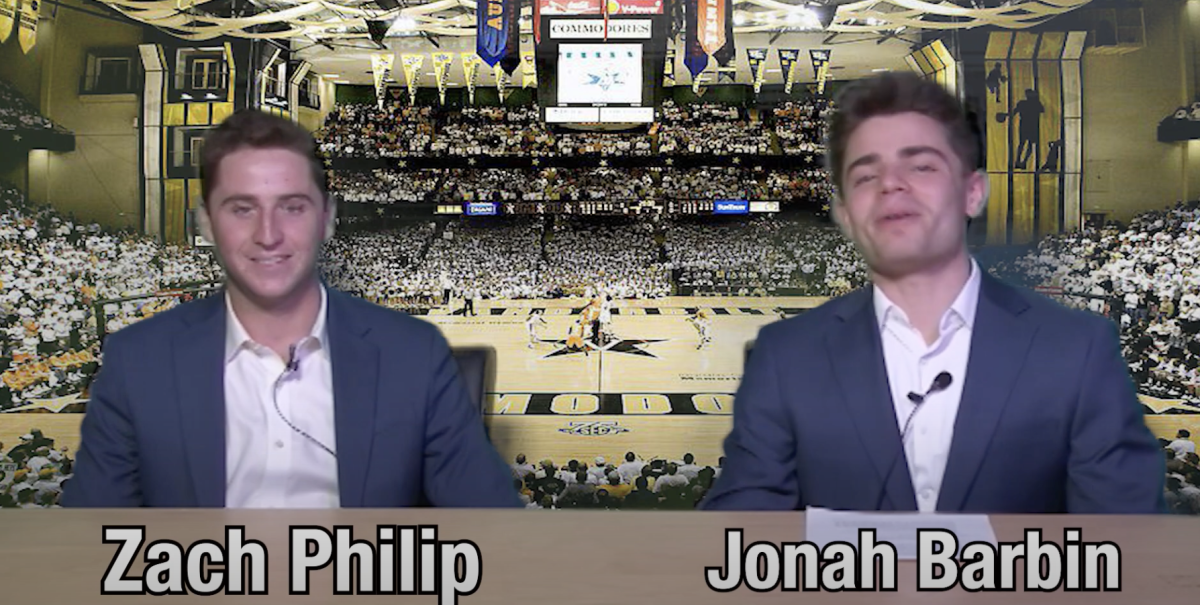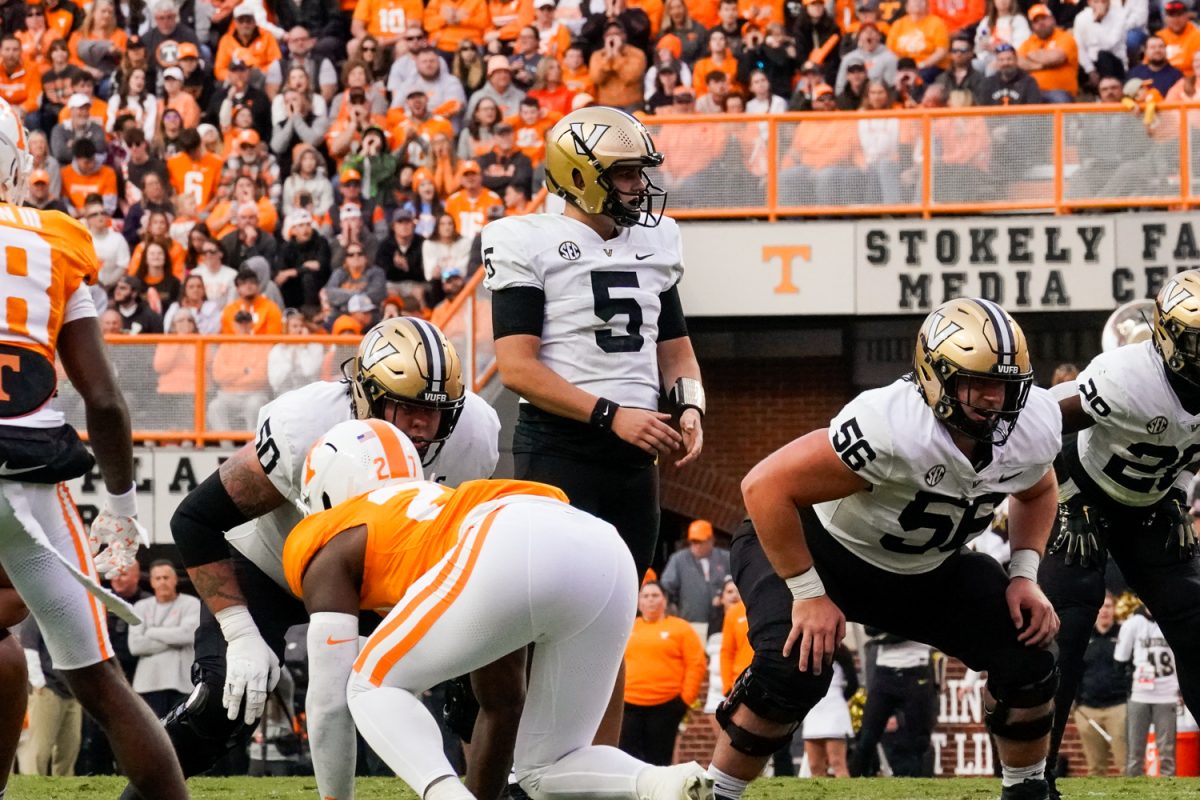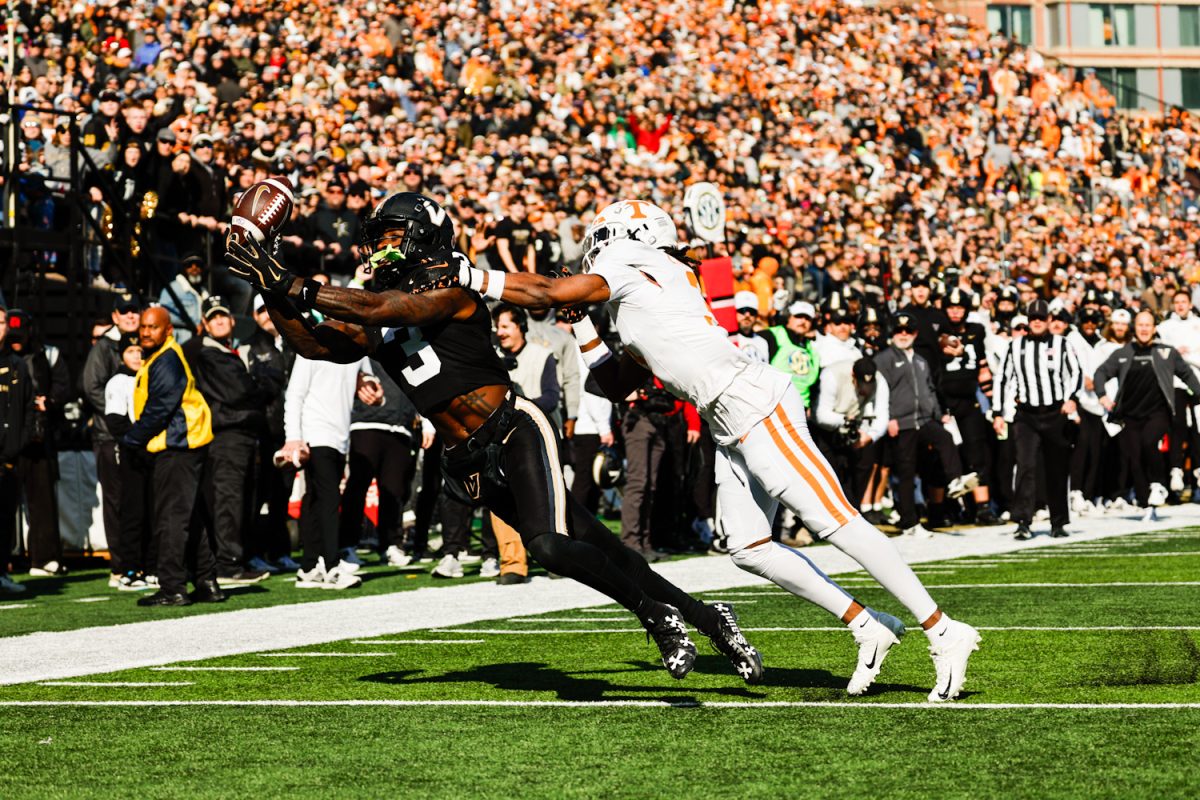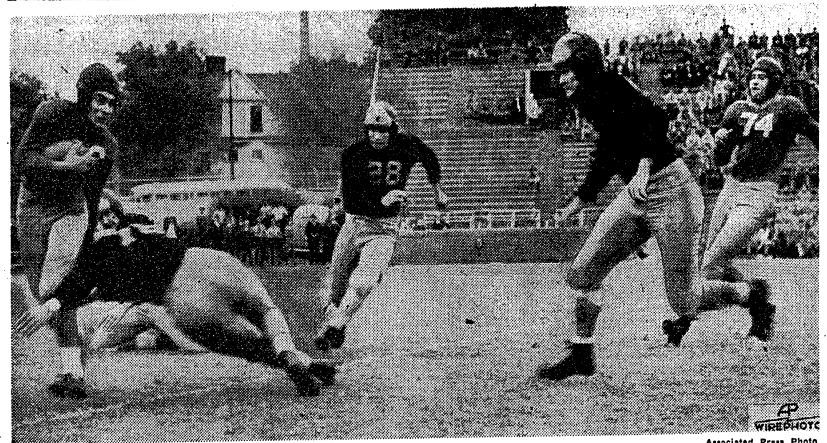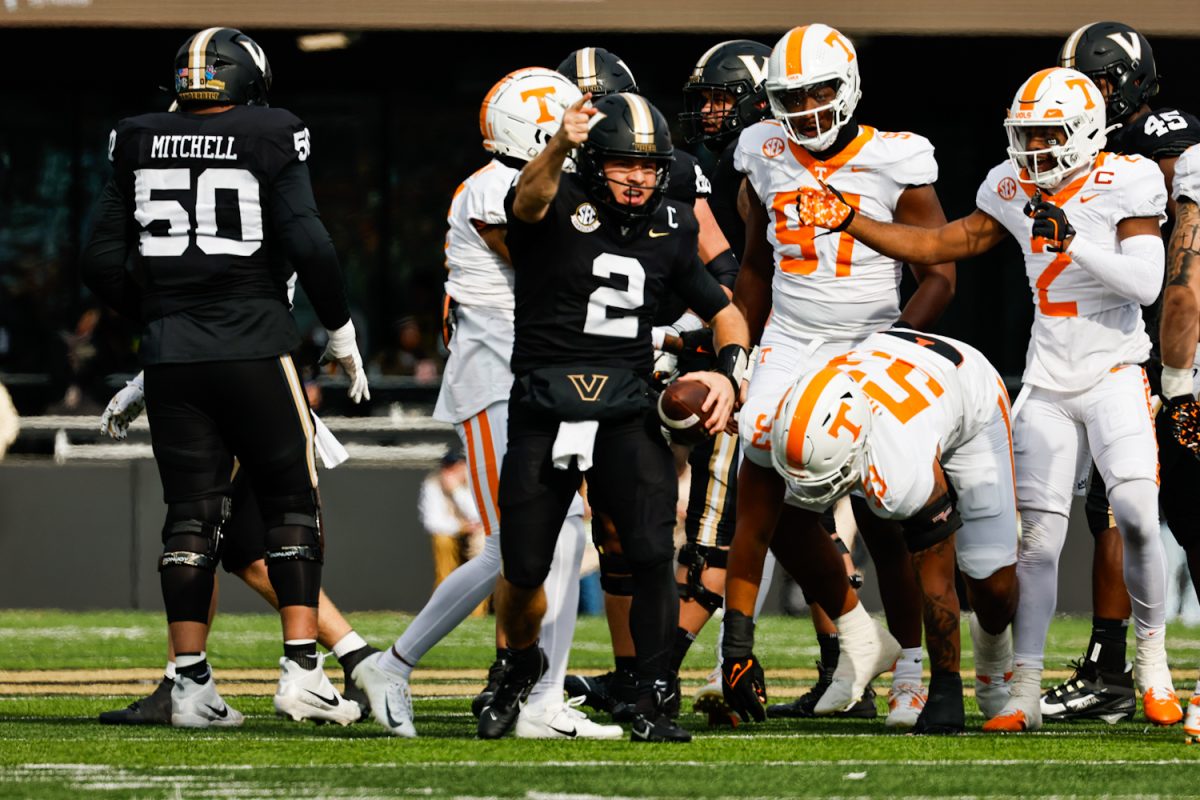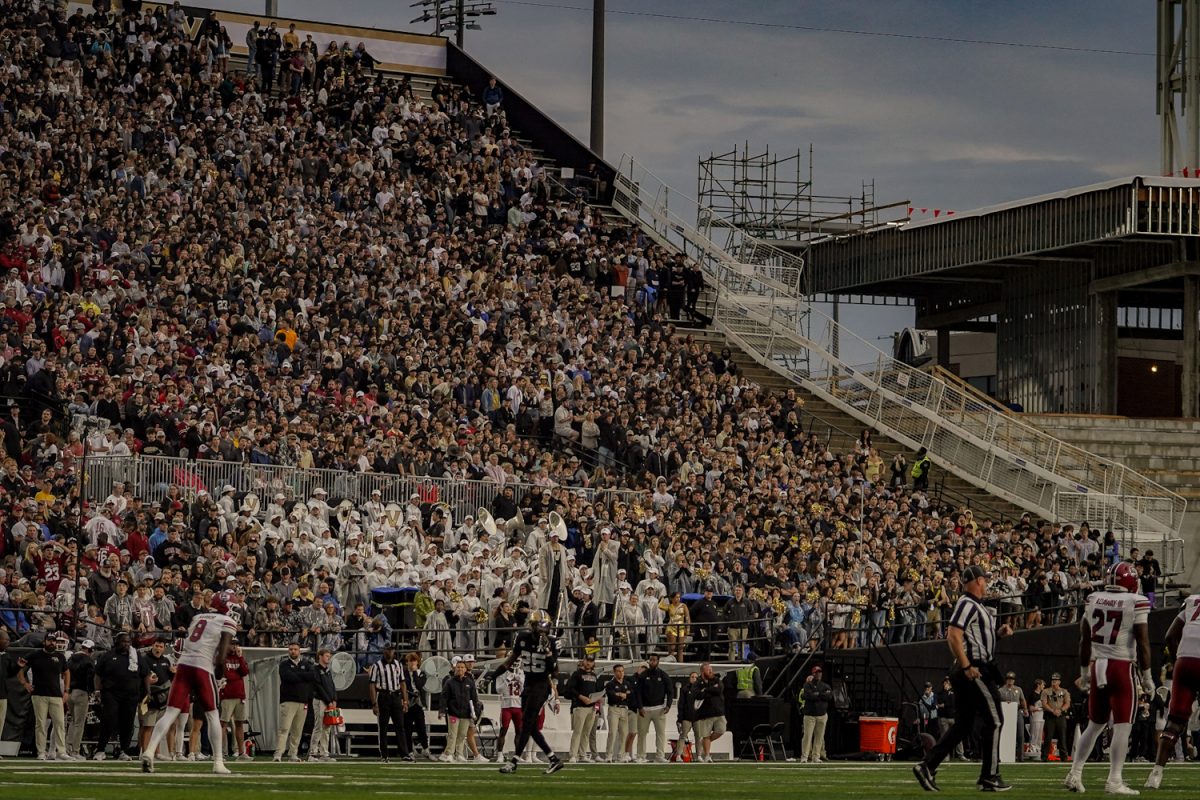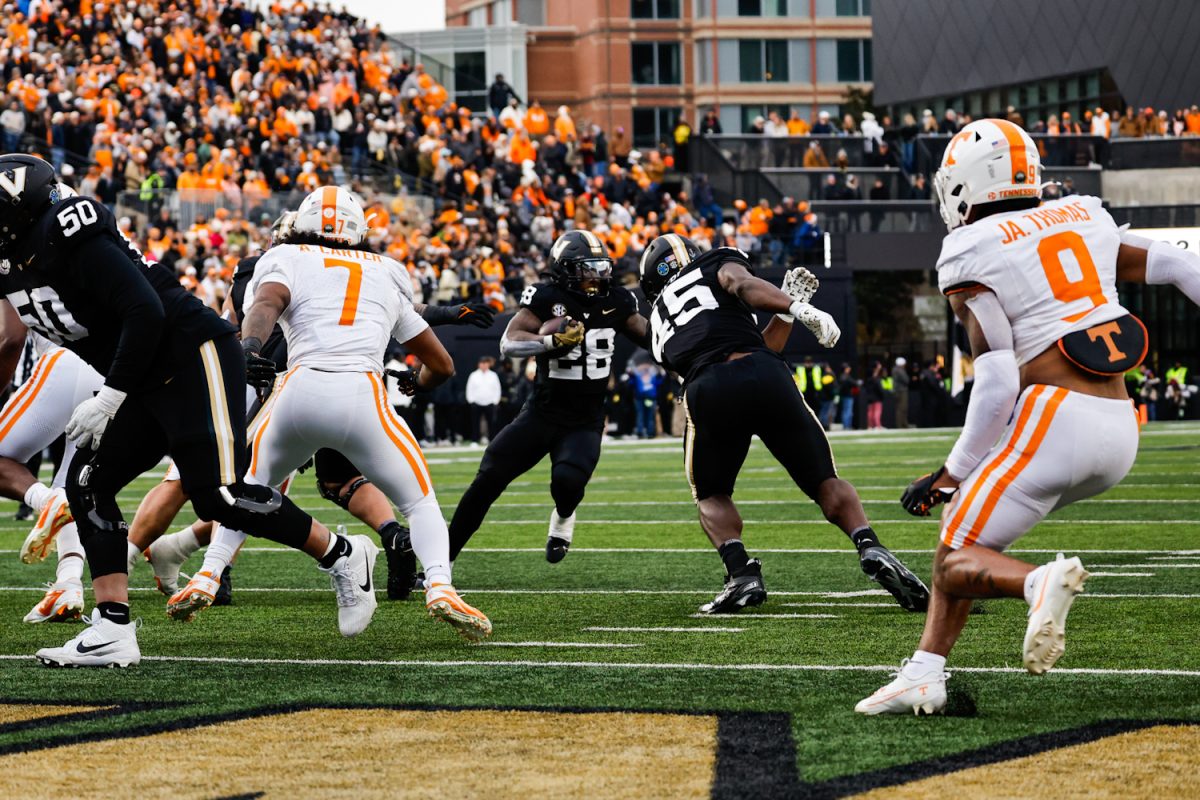Now two weeks into its season, Vanderbilt is beginning to get an idea of its strengths and weaknesses. Still, it’s difficult to gauge expectations considering that both of its first two games came against significantly weaker programs, non-Power 5 programs in Hawaii and Alabama A&M.
Perhaps the Commodores’ biggest strength is their air attack. With AJ Swann firmly at the helm of the offense, Vanderbilt’s quarterback situation is as stable as it has been in years. Its receiving corps, headlined by Biletnikoff nominee Will Sheppard and electrifying sophomore Jayden McGowan, has already shown legitimate chemistry with Swann. Both receivers already have over 130 receiving yards on the season and are proving to be a dynamic duo.
Other positional groups, such as the secondary, have struggled mightily. While the back line of defense seemingly battened down the hatches in an improved performance against Alabama A&M, there are question marks all over their part of the field, and this upcoming Saturday poses the biggest challenge thus far.
The Commodores enter this game, the second part of a home-and-home against the Demon Deacons, as double-digit underdogs after getting blown out at FirstBank Stadium last season. Let’s take a look at what the Commodores need to do better this go-around.
Vanderbilt ground game vs. inconsistencies
After a dominant campaign last season that saw him account for over 1,200 yards from scrimmage and 8 total touchdowns, Ray Davis left the Commodores for SEC rival Kentucky. This move made the loss of Rocko Griffin, who transferred to UTSA after a season full of turmoil and injury, even more significant. Of course, it didn’t help that Mike Wright — who rushed for 517 yards — transferred to Mississippi State as well. The changes left junior Patrick Smith, sophomore Chase Gillespie and freshman Sedrick Alexander the reins to the backfield.
Things were less than ideal for the Commodores in Week Zero, as the ground game was simply abysmal. Smith opened the season’s scoring with a 21-yard touchdown scamper in the first quarter, but from there, the Commodores did absolutely nothing when running the football. In total, the team rushed for 39 yards on 26 attempts, good for a measly 1.5 yards per carry. The output was concerning considering the losses that Hawaii had undergone up front and left many Commodore fans wondering what it meant for the future of the backfield. During the ensuing game, however, offensive coordinator Joey Lynch made the rushing game a point of emphasis, as Vanderbilt ran all over the Bulldogs. In the Alabama A&M game, the Commodores rushed the ball 34 times for 215 yards (6.3 yards per attempt). Alexander took over in the second half en route to a stat line of 12 carries for 87 yards and two scores. Smith was involved as well as he rushed 10 times for 50 yards, and Swann even used his legs, much to the delight of Vanderbilt fans, rushing 3 times for 24 yards.
The ground game is, simply put, inexperienced and inconsistent, and while the whole group has shown flashes of brilliance, things won’t come as easy against this Demon Deacon front. While Wake Forest lost a lot of experience up front (both to the NFL Draft and the transfer portal), this defensive line will be significantly stronger and more athletic than either of the previous two the Commodores have faced. It’ll be up to Vanderbilt’s veteran offensive line to create holes, and the Commodores’ less-than-veteran running backs to attack them.
Vanderbilt secondary vs. The Big Play
As mentioned, the Commodores’ secondary showed some improvement against Alabama A&M, as it helped the defense hold its opponents to just 13 points. Still, it got legitimately burnt early in the third quarter after cornerback Martel Hight was caught napping, and a speedy Terell Gardner got behind the entire defense and went 62 yards to the house. This came less than a week after the team allowed Brayden Schager and Hawaii to throw for 351 yards and three touchdowns in a poor showing. Similar to the rushing attack, there have been flashes of improvement, but inconsistent play has plagued Vanderbilt’s cornerbacks and safeties.
It won’t get any easier against Wake Forest this weekend, as Vanderbilt is at risk of being without De’Rickey Wright, a leader in the secondary who nabbed two interceptions against Hawaii and has been one of the lone bright spots on the defense thus far. Mix in the fact that the Commodores will be faced with slowing down the patented Wake Forest “slow mesh” offense, things don’t look particularly optimistic. The offense utilizes a type of run-pass-option method that sees the quarterback hold the ball for longer than usual while deciding whether to hand the ball off or pull it back and air it out. The style of play can be particularly challenging for secondaries, as it keeps players on their toes for longer periods of time, unsure of what play the offense will ultimately run. This makes them more prone to allowing big plays — something that’s already been a problem.
Another layer is that Wake Forest’s offense is led by Mitch Griffis. The sophomore spent last year working under Sam Hartman, learning the slow mesh and honing his skills. So far, this work has clearly paid off, as the Virginia native threw for 329 yards and 3 touchdowns in the team’s Week One victory over Elon last weekend. Griffis has more than just elite arm talent, however, as he possesses underrated athleticism and can make opposing defenses pay using his legs as well. Vanderbilt head coach Clark Lea outlined the importance of limiting the big play during Tuesday’s press conference, making it clear that this was a point of emphasis for his team during practice this week. Whether their efforts come to fruition, only time will tell.
AJ Swann vs. Wake Forest’s secondary
Swann’s brief time with the Commodores has been full of memorable moments, from his incredible first game against NIU, which saw him throw four touchdowns and lead a come-from-behind victory, to his stellar showing against Hawaii in Week Zero, where he threw for 258 yards and 3 touchdowns. Still, Swann struggled against many of the more experienced and athletic defenses he faced last season. He threw two touchdowns against both Ole Miss and South Carolina, but in his other four SEC appearances (Missouri, Alabama, Georgia, and Tennessee), he was kept out of the end zone entirely. Wake Forest will represent his biggest challenge this season, and perhaps one of the biggest challenges of his career.
While the Demon Deacons’ secondary was a bit of a mess last year, a lot of that was due to injuries to key starters in Malik Mustafa, Caelon Carson and Nick Anderson. Dashawn Jones and Demarcus Rankin are also returning, making this secondary one of Wake Forest’s more experienced groups. The introduction of new cornerback coach Chip West has reportedly shifted the vibe in the position room and has everyone around the program legitimately optimistic for a change.
Swann kept a clean sheet against Hawaii (despite a couple of errant throws that stood a legitimate risk of getting picked off) before committing his first mistake of the season against Alabama A&M, throwing an interception in the red zone in the second quarter. He’ll need to play a clean, efficient game if the Commodores are going to keep up with the high-powered offense that the Demon Deacons boast.
Swann and the rest of Vanderbilt will journey to Winston-Salem, N.C. to take on Wake Forest on Saturday, Sept. 9 at 10:00 a.m. CDT.

